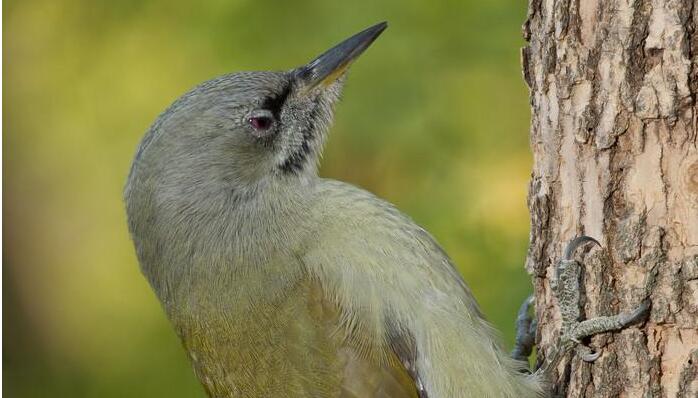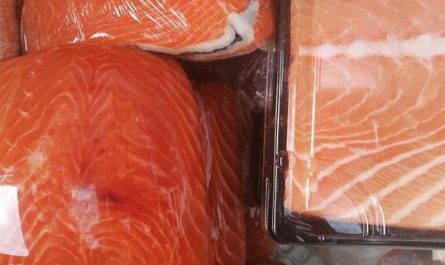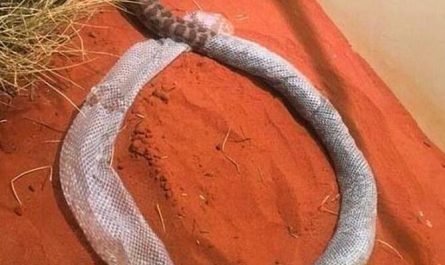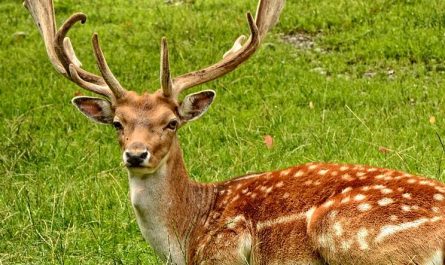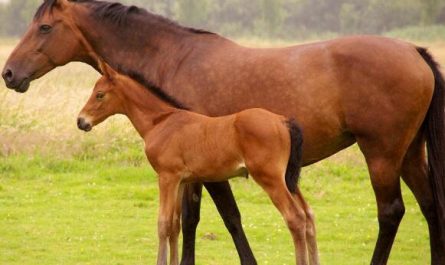Reasons why woodpeckers can stand on trees
The claws of woodpeckers are pair-toed, that is, their feet are slightly shorter, with 4 toes, 2 toes forward, and 2 toes backward, and because the tail feathers are vertical, they can support the body, so there is no problem in picking on the trunk. But it doesn’t prevent it from standing on the branch, because the toe is actually tighter, and it is very laborious to pick it on the trunk. Like parrots, cuckoos, and owls, they are also pair-toed and can only stand on branches.
Woodpecker (scientific name: Picidae): It is a family of Ornithidae, with about 221 species. The body length is 90 to 560 mm. Birds of this family have large heads, but have long necks, strong and straight mouths, chisel-shaped, long and flexible tongues, and short hooks at the apex; short feet with 3 or 4 toes; tails are flat or wedge-shaped, The feather shaft is hard and elastic, supporting the body when pecking wood. There are about 34 genera and 221 species. It can be seen except Oceania and Antarctica.
Woodpeckers can burrow hookworms in trees. Its mouth is long, pointed and hard, and it can always be inserted into the hard xylem. The tongue is long and thin, with many barbs, and the surface is covered with mucus, which can accurately Hook out the pests. It mainly eats pests such as longhorn beetles, transwing moths, and gidding worms that hide in the trunk. Known as “Forest Doctor”.
Woodpecker life habits
The woodpecker has a superb ability to catch insects. Its beak is strong and pointed. It can not only peck the bark, but also the hard wooden parts, much like a carpenter’s chisel. Its tongue is long, slender and soft. There is also a pair of very long hyoid bones that extend out of the mouth. They surround the skull and act as a special spring. The varicose angle of the hyoid bone can make the tongue expand and contract freely, and the tip of the tongue can be keratinized. There are rows of Barbed hooks and mucus are very suitable for hooking insects and larvae from tree trunks.
They knocked the tree trunk with their mouths and made the sound of “boom, beck…” in the quiet forest. If they found a worm somewhere on the trunk, they would climb on the tree tightly, with their head and mouth almost perpendicular to the trunk. Pecking the bark, the pests are hooked out one by one with their tongues to eat, and the eggs are also glued out with mucus.
When encountering insects hiding in the deep channel of the tree trunk, it will also cleverly use the trick of “drumming and repelling insects”, tapping at the channel with its mouth, and making a special drumming sound that makes the pests fearful. Under the stimulation of sound waves, he turned his head and moved around, often trying to escape from the hole, and was caught and eaten by woodpeckers waiting here.
They generally have to completely wipe out the small cysts of the entire tree before moving to another tree. When they encounter a tree with severe pests, they will work on this tree for several days until all the pests are removed.
The pests that woodpeckers peck at include coleoptera weevil, pseudo walker, longhorn beetle larvae, beetle beetle, lepidopteran moth, borer, as well as flower bug weevil, stink bug weevil, locust, ant, grub, small Cystica, longhorn beetle larvae, grubs, termites, etc.
